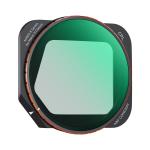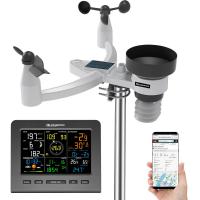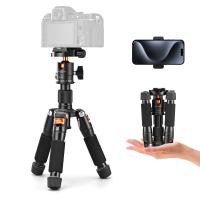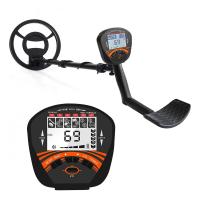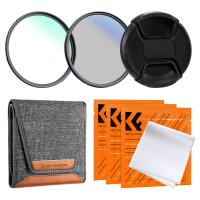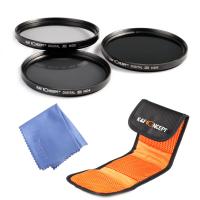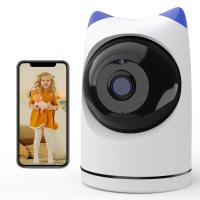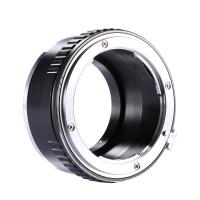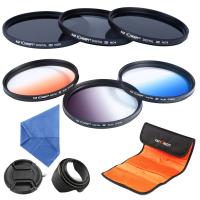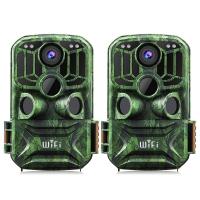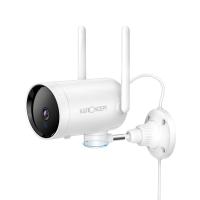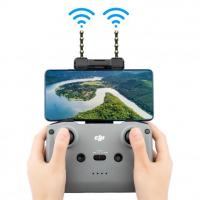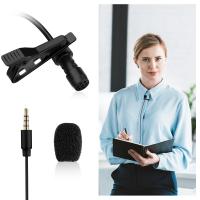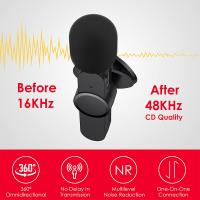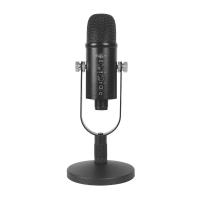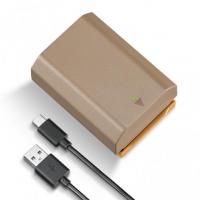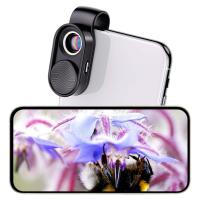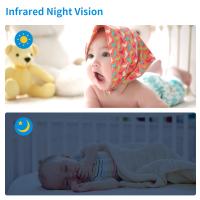Reviews
To make the recordings more effective...
The DJI Mavic 3 Classic takes very good pictures out of the box, but using ND/PL filters, the recordings are more contrasting and reflections are reduced. That's why I chose the K&F Concept set. The filter was delivered in a storage box.
It is easy to assemble, turn the frame slightly to the left, remove it and simply place the new filter offset to the left, then slightly turned to the right and this fixes it in place. This makes a quick change possible. I generally use the ND/PL filters for photos and videos. Because it makes the colors come across more effectively and better. When it comes to ND/PL filters, I usually use the ND8PL and ND16PL. ND32PL and DN64PL when it is extremely bright, in winter when it is snowing, on days with cloudless skies and clear sunshine. Starting from ND32PL, the filter makes the rapid movements of waterfalls and clouds softer, which comes across as silky good. Everything else is razor-sharp. It's best to try it out yourself and then compare the results.
The quality of the materials, including the glass, is impeccable and the workmanship of the filters is good. They are easy and quick to apply, they hold reliably, fit perfectly and the recordings are much more professional.
The PL filter minimizes reflections and reflections. In addition, the images become more colorful and contrasting.
Explanation of the ND filter: I use them for long exposure photography and depending on sunlight. This allows you to take softer images.
What is a gray filter/ND filter? A neutral density filter is a filter where the entire surface of the glass is darkened so that less light can penetrate the lens.
It is therefore possible to select longer shutter speeds and achieve the corresponding effects, such as fog-like water or soft, drawn-out clouds. This would not be possible without filters, as the image would be extremely overexposed or even completely white.
About gray filters: Neutral
gray filters come in various variations with confusing, different names, from different manufacturers. I don't want to talk about the different manufacturers here, just the different names. I had to read through it first, but basically, it's easy to understand.
The names for this set mean:
ND8 = slow down the shutter speed by 3 stops to increase the shutter speed
ND16 = slow down the shutter speed by 4 f-stops for the extension of the shutter speed
ND32 = slow down the shutter speed by 5 stops for the extension of the shutter speed
ND64 = slow down the shutter speed by 6 stops to extend the exposure time
This allows outdoor scenes to be created very effectively and effectively. By using the various filters, you will see how beneficial they actually are. Every professional works with filters like this ;-)
Thank you for taking the time to read my review. I hope I was able to help a bit with that.
It is easy to assemble, turn the frame slightly to the left, remove it and simply place the new filter offset to the left, then slightly turned to the right and this fixes it in place. This makes a quick change possible. I generally use the ND/PL filters for photos and videos. Because it makes the colors come across more effectively and better. When it comes to ND/PL filters, I usually use the ND8PL and ND16PL. ND32PL and DN64PL when it is extremely bright, in winter when it is snowing, on days with cloudless skies and clear sunshine. Starting from ND32PL, the filter makes the rapid movements of waterfalls and clouds softer, which comes across as silky good. Everything else is razor-sharp. It's best to try it out yourself and then compare the results.
The quality of the materials, including the glass, is impeccable and the workmanship of the filters is good. They are easy and quick to apply, they hold reliably, fit perfectly and the recordings are much more professional.
The PL filter minimizes reflections and reflections. In addition, the images become more colorful and contrasting.
Explanation of the ND filter: I use them for long exposure photography and depending on sunlight. This allows you to take softer images.
What is a gray filter/ND filter? A neutral density filter is a filter where the entire surface of the glass is darkened so that less light can penetrate the lens.
It is therefore possible to select longer shutter speeds and achieve the corresponding effects, such as fog-like water or soft, drawn-out clouds. This would not be possible without filters, as the image would be extremely overexposed or even completely white.
About gray filters: Neutral
gray filters come in various variations with confusing, different names, from different manufacturers. I don't want to talk about the different manufacturers here, just the different names. I had to read through it first, but basically, it's easy to understand.
The names for this set mean:
ND8 = slow down the shutter speed by 3 stops to increase the shutter speed
ND16 = slow down the shutter speed by 4 f-stops for the extension of the shutter speed
ND32 = slow down the shutter speed by 5 stops for the extension of the shutter speed
ND64 = slow down the shutter speed by 6 stops to extend the exposure time
This allows outdoor scenes to be created very effectively and effectively. By using the various filters, you will see how beneficial they actually are. Every professional works with filters like this ;-)
Thank you for taking the time to read my review. I hope I was able to help a bit with that.
01/07/2024
Related products
$28.99 $15.99
Products You May Like
Related articles
Blog You May Like
Related searches
Lens Filter For More Crisp Photos
3pcuv Filter Telephoto Lens And More
77mm Lens Adapter That Allows More Light
Make A Camera Lens Solar Filter
Make Solar Eclipse Lens Filter
Make A Solar Lens Filter For Camera
Adapter To Make Manual Lens Autofocus
Extension To Make E Mount Lens Macro
Sigma Dont Make Pentax Mount
Make Solar Filter For Telephoto Lens

